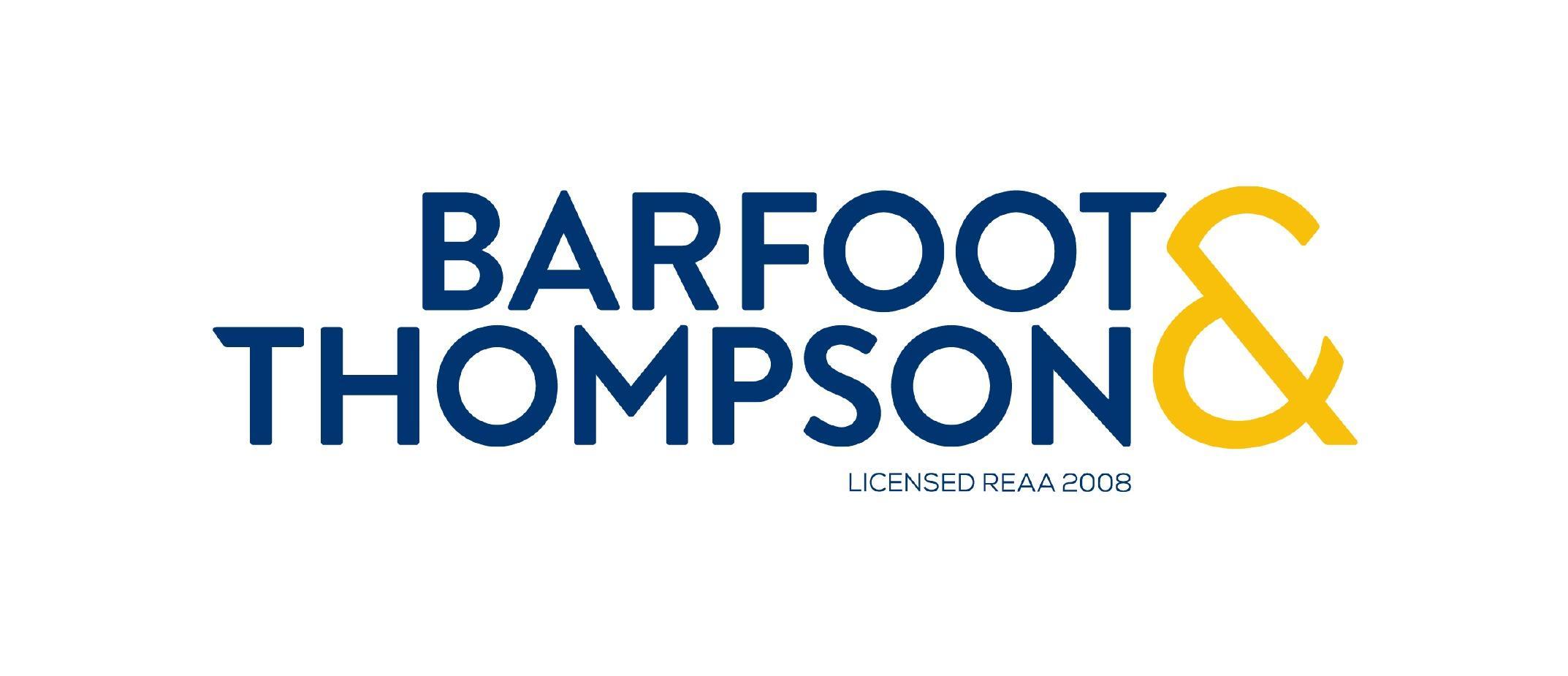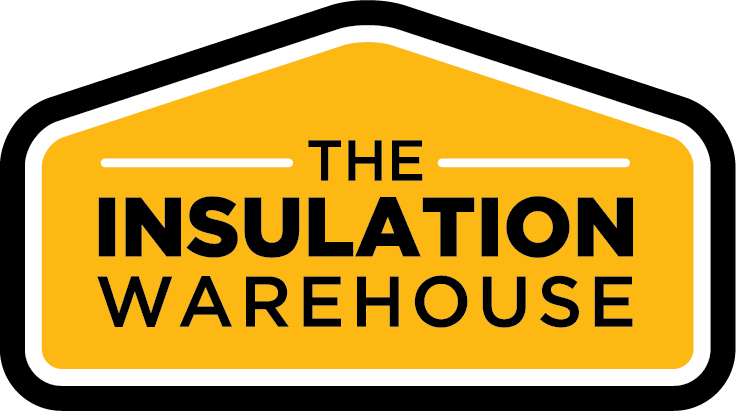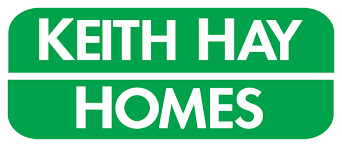There are still many challenges for investors in terms of expanding their property portfolios when using debt. For example, the loan-to-value ratio rules mean a 35% deposit is still required (unless buying a new-build, which generally makes it 20%), and gross rental yields are still fairly low (even after the falls in property prices). Of course, mortgage rates remain high. Indeed, that negative gap between yields and mortgage rates is as large (‘bad’) as it’s been for about 15 years, meaning large top-ups are required from other income sources.
However, some more encouraging influences are clearly starting to emerge as well. Once the new Government gets bedded in, we should see progress towards the shortening of the Brightline Test (perhaps from mid-2024) and also the full reinstatement of mortgage interest deductibility from the tax year beginning 1st April 2026 – regardless of whether the property is new or existing, or whether the landlord has been in the game for a short time or longer.
On top of that, we’re now also seeing rental growth tick along at fairly rapid rates too. Indeed, on the Stats NZ flow measure (which covers new tenancies), the national average rose by 6.1% in the year to October, roughly double the long-term average growth rate of 3.2%. That growth has been pretty broad-based across the country, including 6-7% across the South Island, 4% across the North Island (excl. Wellington and Auckland), and a robust 8-9% in Auckland.
On the alternative (but similar) series from MBIE, double-digit growth has been seen in more specific areas, such as Queenstown (22%), Gisborne (15%), New Plymouth (13%), Christchurch and Hastings (both 11%), and Upper Hutt and Whangarei (both 10%). Clearly, that level of growth will be appealing to investors, although, of course, it will be testing for tenants.
So, what’s driving this upward momentum? Often, people argue that when landlords’ costs go up, that ends up feeding through to higher rents – and this may be true in some cases. However, most research suggests that rental growth is more determined by tenant affordability – i.e., how quickly wages change – and the market’s general supply/demand balance.
Lately, with the unemployment rate very low, wage growth has accelerated and become more widespread, which will have contributed to some rental increases. Meanwhile, investors haven’t been purchasing as many properties as they otherwise might have, suggesting that the available rental supply hasn’t increased at a ‘normal’ rate.
At the same time, of course, a surge in net migration has boosted our population and hence demand for property – with a ‘typical’ new arrival to NZ more likely to rent than buy, at least for a start. The combined effect of limited supply and high demand has reduced vacancy rates and prompted upward pressure on rents. Nationally, we estimate the current vacancy rate is just 1.3%, well below a ‘normal’ figure of 3% or more. Auckland, Waikato, and Canterbury are significantly below their own averages, although Wellington is around its average.
Overall, I doubt that market conditions are suddenly about to become emphatically in favour of debt-backed property investment over the next 6-12 months. But with rents rising steadily, that’s at least something which could tip the balance for some would-be purchasers.

Kelvin Davidson
Kelvin Davidson is the Chief Economist of CoreLogic New Zealand.














Add Comment